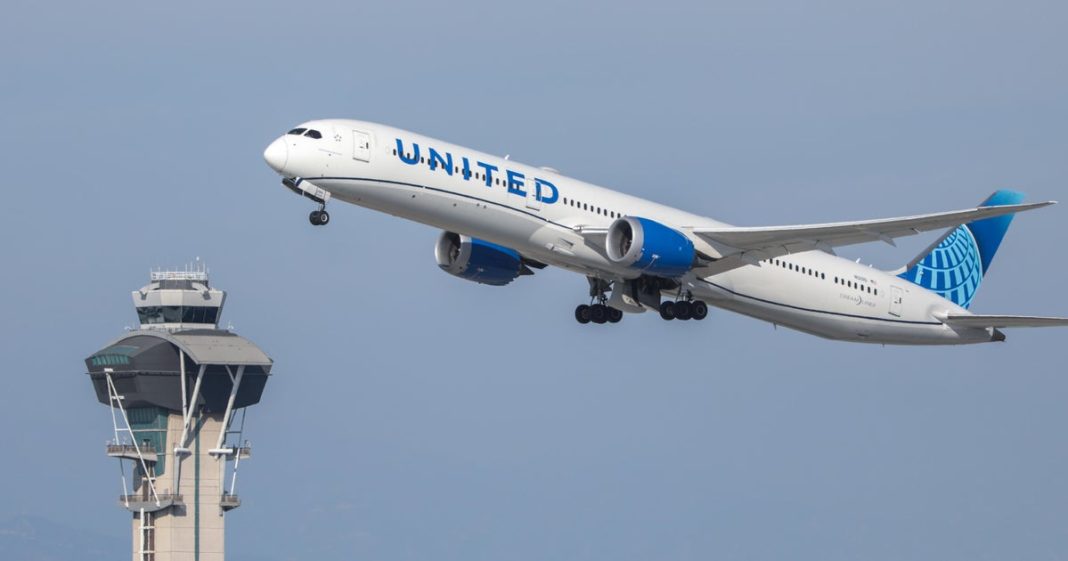Picture this: You’re at the airport, bags checked, boarding pass in hand, only for your flight to be inexplicably canceled. Frustration mounts, plans crumble, and you’re left wondering why. Often, the culprit isn’t weather or mechanical issues, but an unseen bureaucratic tangle miles away – a government shutdown that puts airlines in a bind, scrambling to meet urgent FAA mandates.
The Regulatory Ripple Effect: How Government Stalls Hit the Skies
The Federal Aviation Administration (FAA) is the silent guardian of our skies, a vast network of air traffic controllers, safety inspectors, and technical staff ensuring every flight operates securely. When the government shutters, even partially, this intricate system experiences a profound shock. Essential personnel might be furloughed, training programs paused, and critical maintenance or certification processes grind to a halt.
While core air traffic control often remains operational due to its critical nature, the wider support infrastructure—the very gears that keep the entire system calibrated and compliant—starts to seize up. This isn’t just about overworked controllers; it’s about the entire ecosystem losing its vital regulatory oversight and support. The ripple effect is profound, creating vulnerabilities that the FAA is then compelled to address with strict measures, often at the expense of airline schedules.
Safety First, Schedules Second: Airlines Grapple with FAA Orders
Amidst a shutdown, the FAA doesn’t just disappear. Instead, its remaining operational staff might issue stringent directives to compensate for diminished oversight capacity. These aren’t suggestions; they are orders designed to maintain safety standards in compromised conditions. Airlines, already running on tight margins and complex schedules, are suddenly faced with an impossible choice: either comply with new, potentially disruptive safety protocols or risk grounding their fleets.
This could mean mandatory additional inspections for certain aircraft types, revised crew rest periods due to reduced support staff availability, or even temporary restrictions on specific airspace usage. “It’s a logistical nightmare,” explains an anonymous airline operations manager. “We’re trying to fly passengers safely and efficiently, but when the rulebook changes mid-game because the referees are short-staffed, every single flight becomes a high-stakes calculation. Our hands are tied by a commitment to safety and the need to follow directives, even if they throw our entire schedule into chaos.” The domino effect is swift: canceled flights, lengthy delays, and thousands of stranded passengers become the collateral damage of political impasses.
Airlines find themselves scrambling not because they lack internal safety protocols, but because a government agency, designed to ensure public safety, must issue new directives to cope with its own operational constraints. The cost of non-compliance is too high, both in terms of safety and potential legal repercussions, forcing carriers to prioritize the new, often inconvenient, mandates over their meticulously planned schedules.
The Unseen Cost of Bureaucracy
Ultimately, the connection between a distant government shutdown and your grounded flight is stark. It highlights how deeply intertwined the operational machinery of our nation is with its political functions. The safety and efficiency of air travel, a cornerstone of modern life and economy, becomes a casualty when the very agencies designed to uphold its standards are hobbled by budgetary stalemates. Until a stable, consistent funding mechanism is guaranteed for critical bodies like the FAA, passengers will continue to feel the frustrating tremors of bureaucratic gridlock directly in their travel plans.




